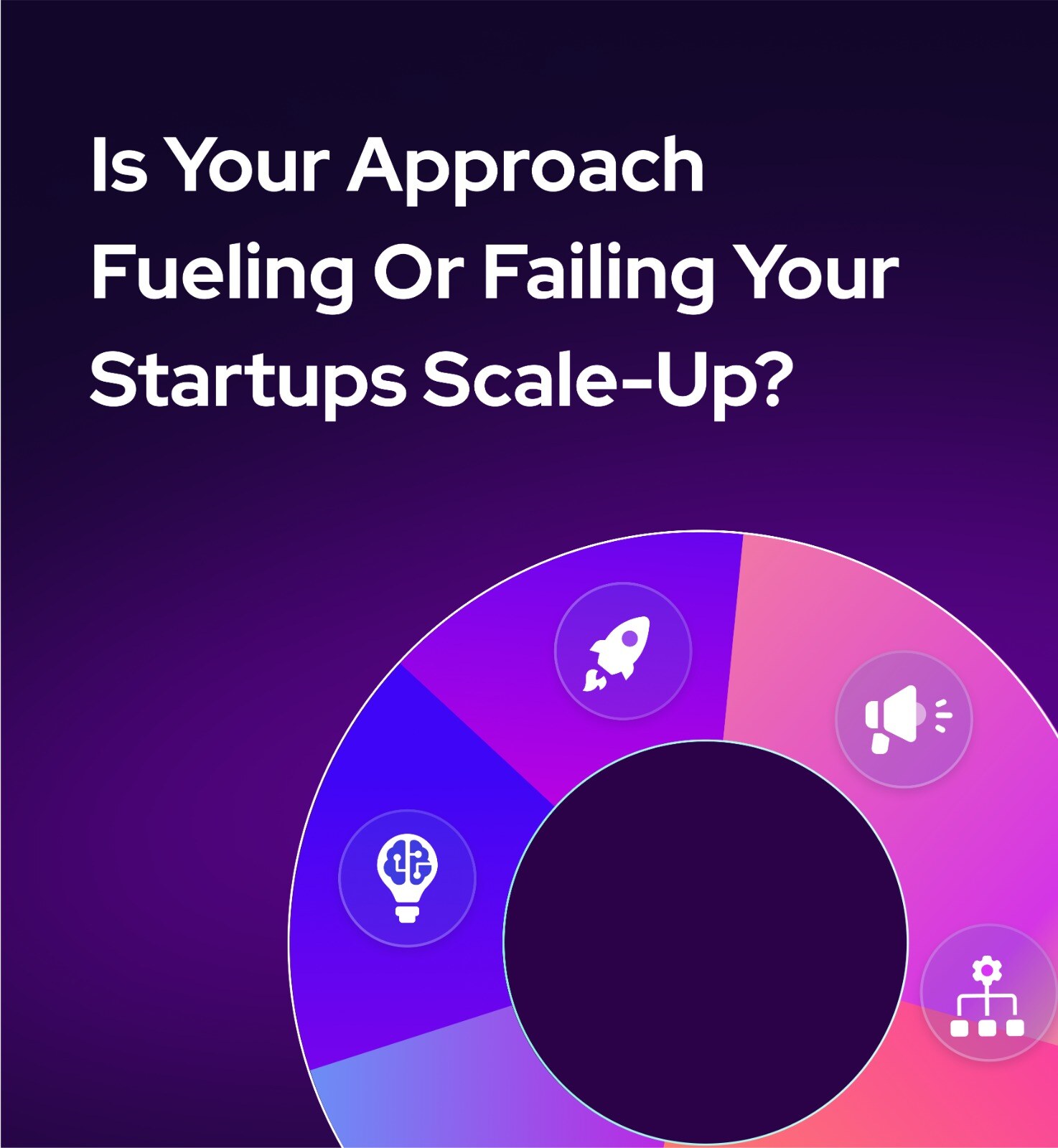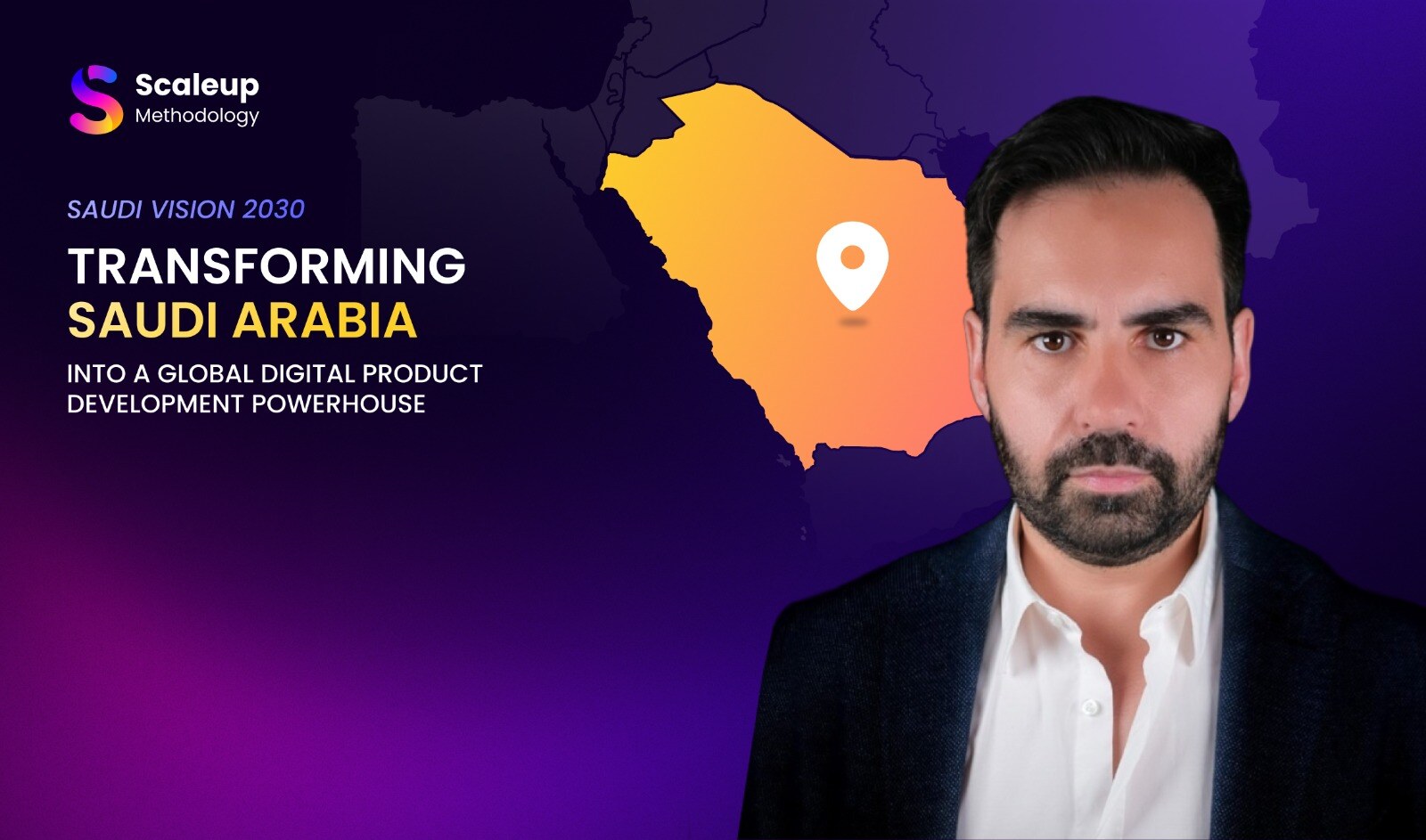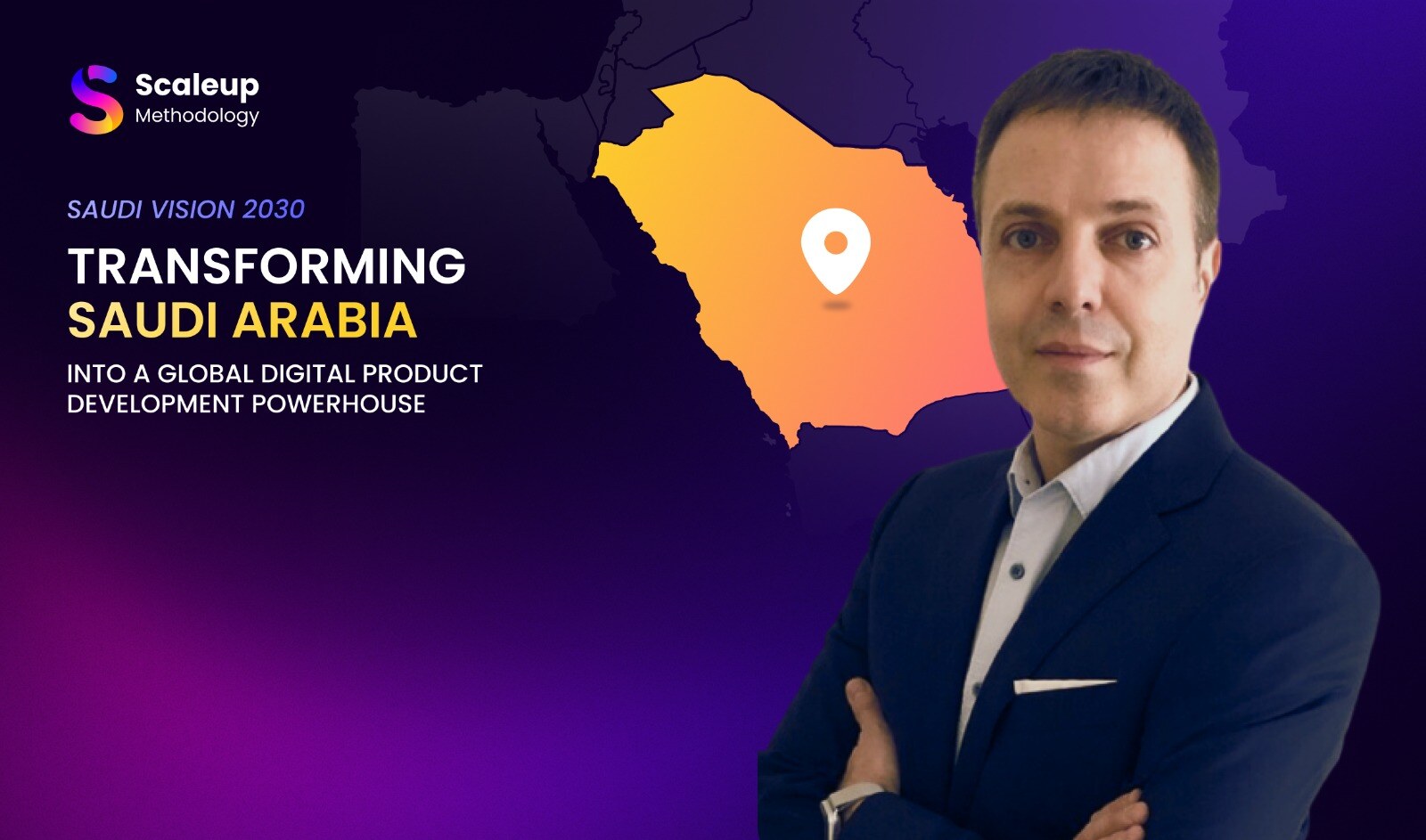Mastering the Digital Marketing Funnel
In today's digital landscape, understanding and optimizing your marketing funnel is crucial for business success. A well-crafted digital marketing funnel guides potential customers through their journey from awareness to purchase, maximizing conversions and building lasting relationships.
In this comprehensive guide, we'll explore the three main stages of the digital marketing funnel – Top, Middle, and Bottom – and provide insights on how to allocate your budget effectively across these stages.
Understanding the Digital Marketing Funnel
The digital marketing funnel is a visual representation of the customer journey, from the moment they first become aware of your brand to the point of purchase and beyond. It's called a "funnel" because, like its physical counterpart, it's wide at the top and narrows as it progresses downward. This shape represents the natural progression of potential customers: many will enter at the top, but only a fraction will make it to the bottom and convert.
Let's break down each stage of the funnel:
- Top of the Funnel (TOFU)
The Top of the Funnel is all about awareness and attraction. At this stage, your goal is to cast a wide net and capture the attention of as many potential customers as possible. These individuals may not even be aware that they have a problem your product or service can solve.
Key Objectives:
- Increase brand awareness
- Attract a large audience
- Provide valuable, educational content
Content Types:
- Blog posts
- Social media posts
- Infographics
- Videos
- Podcasts
Metrics to Track:
- Website traffic
- Social media engagement
- Content views and shares
- Middle of the Funnel (MOFU)
The Middle of the Funnel is where prospects start to evaluate their options. They're aware of their problem and are actively seeking solutions. Your goal here is to nurture these leads and position your brand as the best solution to their needs.
Key Objectives:
- Educate prospects about your solutions
- Build trust and credibility
- Encourage engagement with your brand
Content Types:
- Whitepapers
- Case studies
- Webinars
- Email newsletters
- Comparison guides
Metrics to Track:
- Email open and click-through rates
- Webinar attendance
- Time spent on site
- Return visitors
- Bottom of the Funnel (BOFU)
The Bottom of the Funnel is where prospects are ready to make a decision. They've narrowed down their options and are considering your product or service. Your goal is to provide that final push to convert them into customers.
Key Objectives:
- Overcome any remaining objections
- Provide clear calls-to-action
- Make the purchasing process smooth and easy
Content Types:
- Product demos
- Free trials
- Consultations
- Customer testimonials
- Detailed pricing information
Metrics to Track:
- Conversion rates
- Sales
- Customer acquisition cost
- Return on investment (ROI)
Allocating Your Budget Across the Funnel
Now that we understand the different stages of the funnel, let's discuss how to allocate your marketing budget effectively. For this example, we'll assume a daily budget of €10.
- Top of the Funnel: €6 per day (60% of budget)
The majority of your budget should be allocated to the Top of the Funnel. This is where you'll reach the widest audience and generate initial interest in your brand. Here's how you might spend that €6:
- Social Media Advertising (3€): Use platforms like Facebook, Instagram, or LinkedIn to reach your target audience with engaging content.
- Content Creation and Promotion (2€): Invest in creating high-quality blog posts, videos, or infographics, and promote them through various channels.
- Search Engine Marketing (1€): Use Google Ads to target relevant keywords and appear in search results when potential customers are looking for information related to your industry.
- Middle of the Funnel: 3€ per day (30% of budget)
As prospects move down the funnel, your focus shifts to nurturing and educating. Here's how to allocate your 3€:
- Retargeting Ads (2,5€): Use retargeting to show ads to people who have previously interacted with your brand but haven't converted yet.
- Webinar or Content Upgrade Promotion (€0.50): Promote in-depth content pieces or webinars to engage interested prospects.
- Bottom of the Funnel: 1€ per day (10% of budget)
At this stage, you're focusing on converting highly interested prospects. Here's how to use that 1€:
- Personalized Remarketing (1€): Create highly targeted ads for prospects who have shown strong intent to purchase.
This budget allocation strategy ensures that you're investing appropriately at each stage of the funnel. By putting more resources into the Top of the Funnel, you're continuously filling your pipeline with new prospects. The Middle of the Funnel allocation helps nurture these leads, while the Bottom of the Funnel investment focuses on converting the most qualified prospects.
Optimizing Your Digital Marketing Funnel
To get the most out of your funnel and budget allocation, consider these best practices:
- Continuously analyze and adjust: Regularly review your metrics at each stage of the funnel and adjust your strategy and budget allocation accordingly.
- Personalize your approach: Use data and analytics to create personalized experiences for prospects at each stage of the funnel.
- Align content with funnel stages: Ensure that the content you're creating and promoting matches the needs and intent of prospects at each stage.
- Implement lead scoring: Develop a system to score leads based on their interactions with your brand, allowing you to focus your efforts on the most promising prospects.
- Optimize for mobile: Ensure that all your funnel touchpoints are mobile-friendly, as an increasing number of users access content and make purchases via mobile devices.
- Use marketing automation: Implement marketing automation tools to streamline your efforts, especially in the Middle and Bottom of the Funnel stages.
- Focus on customer retention: Don't forget about existing customers. Allocate some of your budget to retention efforts, as it's often more cost-effective to retain customers than to acquire new ones.
- Test and iterate: Continuously test different aspects of your funnel, from ad copy to landing page designs, to improve performance over time.
Conclusion
Mastering the digital marketing funnel is an ongoing process that requires careful planning, execution, and optimization. By understanding the unique characteristics and objectives of each funnel stage – Top, Middle, and Bottom – you can create a more effective marketing strategy that guides prospects smoothly through their buying journey.
Remember, the budget allocation we've discussed (60% TOFU, 30% MOFU, 10% BOFU) is a starting point. As you gather data and insights from your campaigns, you may find that adjusting these percentages yields better results for your specific business and industry.
By taking a strategic approach to your digital marketing funnel and budget allocation, you'll be well-positioned to attract more prospects, nurture leads effectively, and ultimately drive more conversions and revenue for your business.
Disclaimer
This blog post was initially generated using Inno Venture AI, an advanced artificial intelligence engine designed to support digital product development processes. Our internal team has subsequently reviewed and refined the content to ensure accuracy, relevance, and alignment with our company's expertise.
Inno Venture AI is a cutting-edge AI solution that enhances various aspects of the product development lifecycle, including intelligent assistance, predictive analytics, process optimization, and strategic planning support. It is specifically tailored to work with key methodologies such as ADAPT Methodology® and Scaleup Methodology, making it a valuable tool for startups and established companies alike.
Inno Venture AI is currently in development and will soon be available to the public. It will offer features such as intelligent product dashboards, AI-enhanced road mapping, smart task prioritization, and automated reporting and insights. If you're interested in being among the first to access this powerful AI engine, you can register your interest at https://innoventureai.com/

Take The Test
You May Also Like
These Related Stories

Cost Management in Scaling Startups: Mastering Lean Budgeting

7 Budget Management Strategies for Startups

